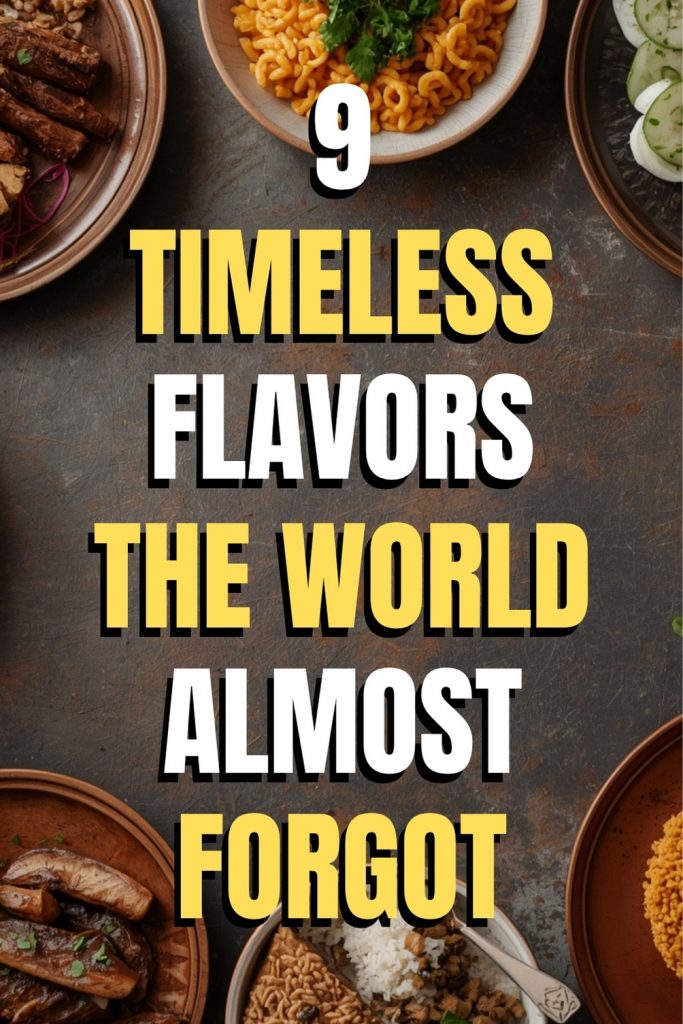
Across continents and centuries, some of the world’s most beautiful flavors have quietly faded from our tables hidden behind modern trends and fast food. In this collection, we rediscover 9 timeless flavors, each rooted in a country’s history, tradition, and soul. From forgotten spices to nearly lost recipes, these dishes remind us that food is more than taste it’s memory, culture, and story.
Join this journey through ancient kitchens and rediscover the world’s forgotten tastes before they’re gone for good. 🍲✨
Fenugreek (Egypt)
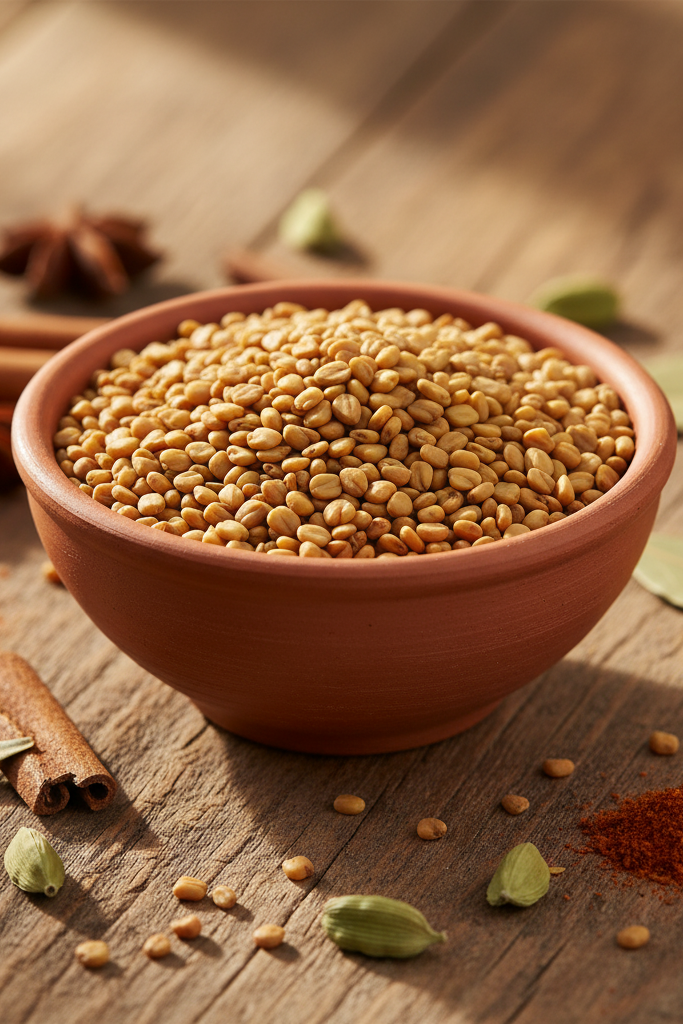
Warm, nutty, and slightly sweet fenugreek was used by the ancient Egyptians for flavor and healing. Today, its aroma still drifts through Egyptian bread and teas, carrying whispers of the old world.
Mastic Resin (Greece)
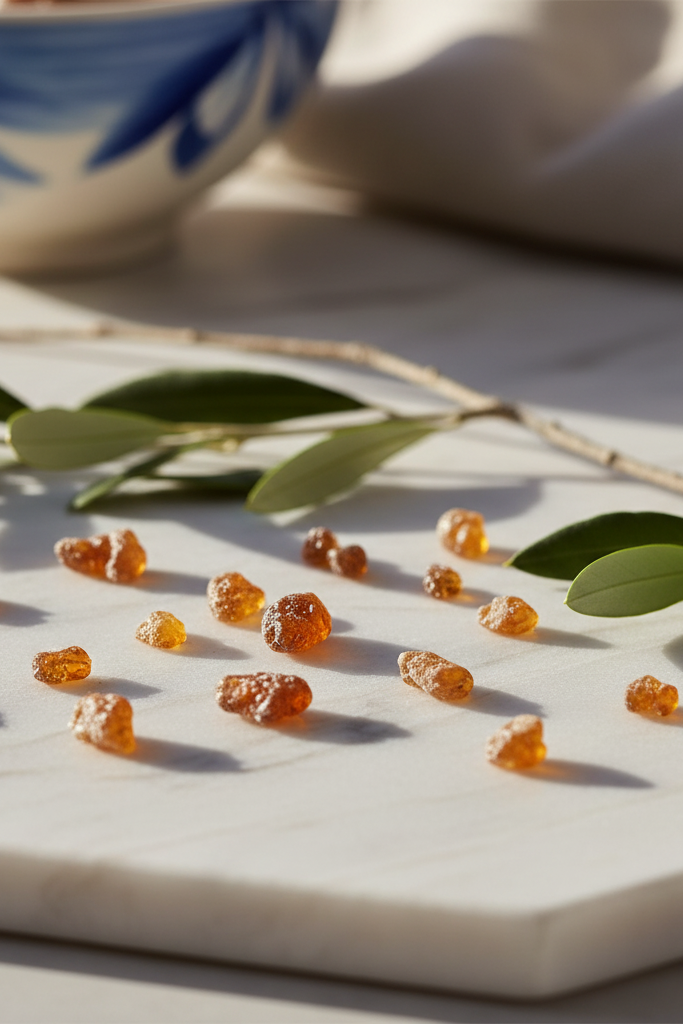
Still harvested drop by drop from Chios trees, mastic tastes like pine and the sea breeze. A resin once traded like gold, it now flavors modern ice creams and liqueurs still rare, still sacred.
Turmeric (India)
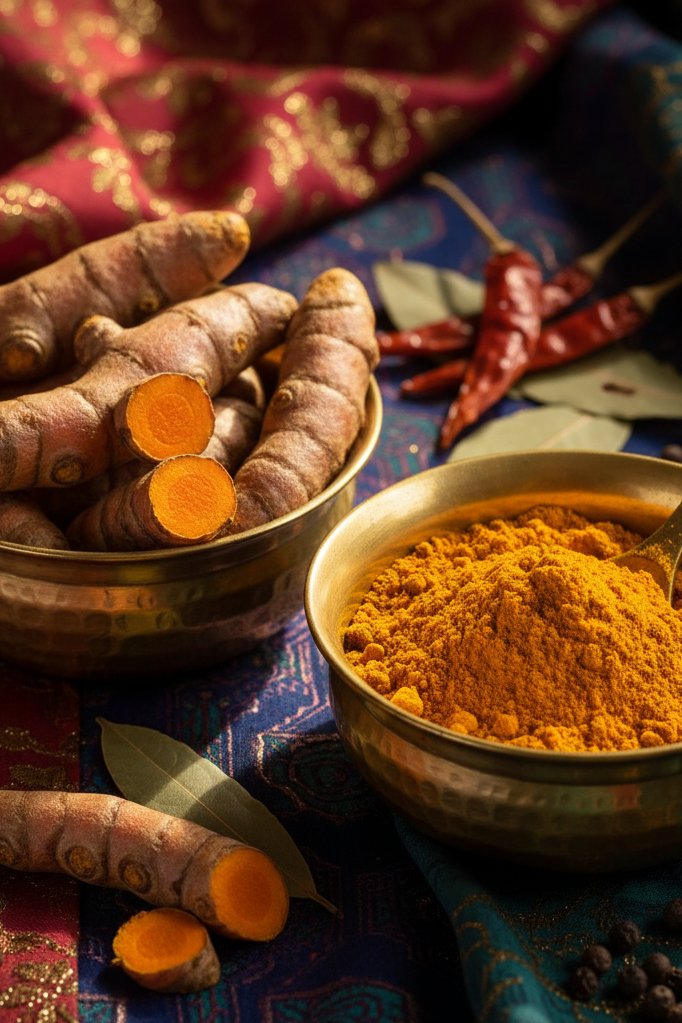
Golden and grounding, turmeric has colored India’s food and life for over 4,000 years. Its earthy flavor and healing glow remain timeless a spice that connects generations.
Star Anise (China)
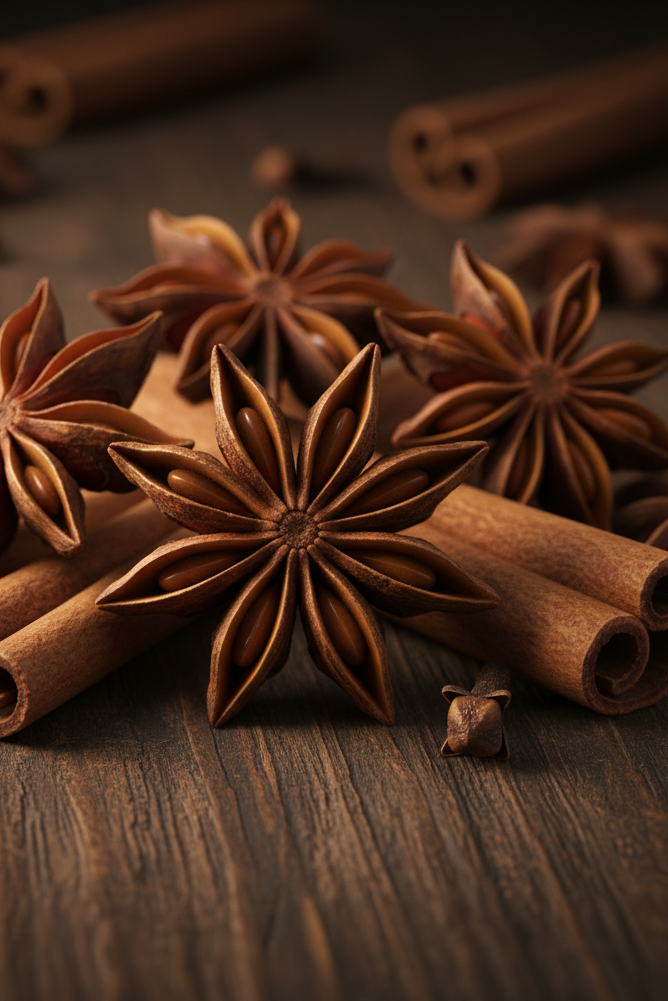
Fragrant, sweet, and sharp star anise has been used in Chinese medicine and cooking for centuries. Its star shape hides the depth of spice that shaped East Asian cuisine.
Rose Water (Iran, Persia)

A drop of rose water can turn any dish poetic. Used since ancient Persia, its floral sweetness still perfumes modern desserts, carrying the scent of love and memory.
Olive Oil (Italy)
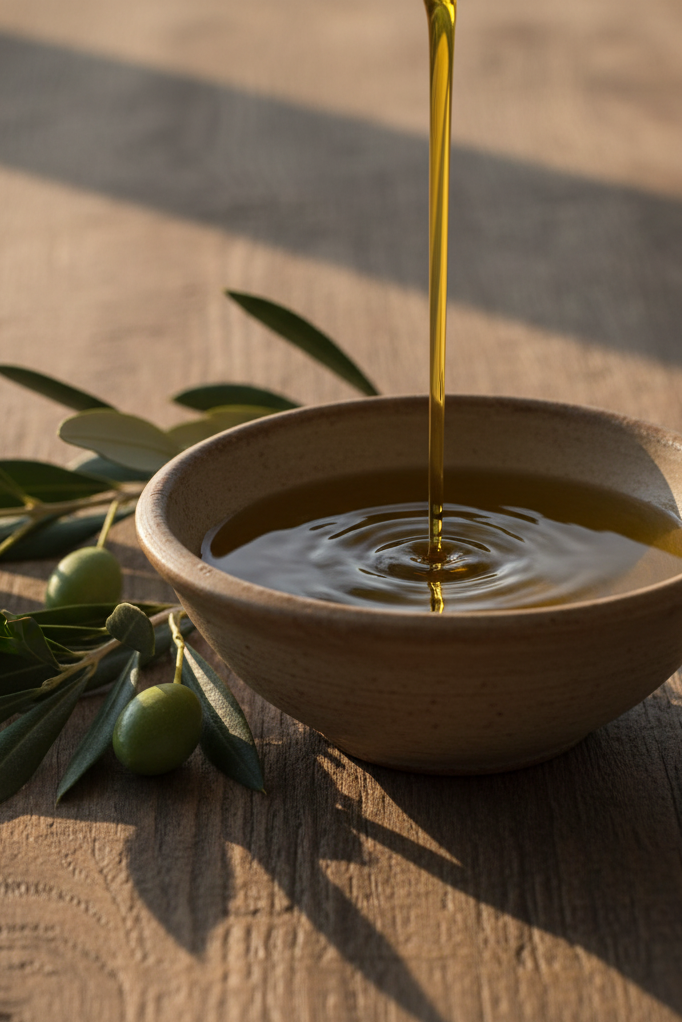
Born from the ancient groves of the Mediterranean, olive oil remains a timeless symbol of purity and life. The same liquid gold that nourished Roman feasts still flavors modern kitchens.
Lemongrass (Thailand)
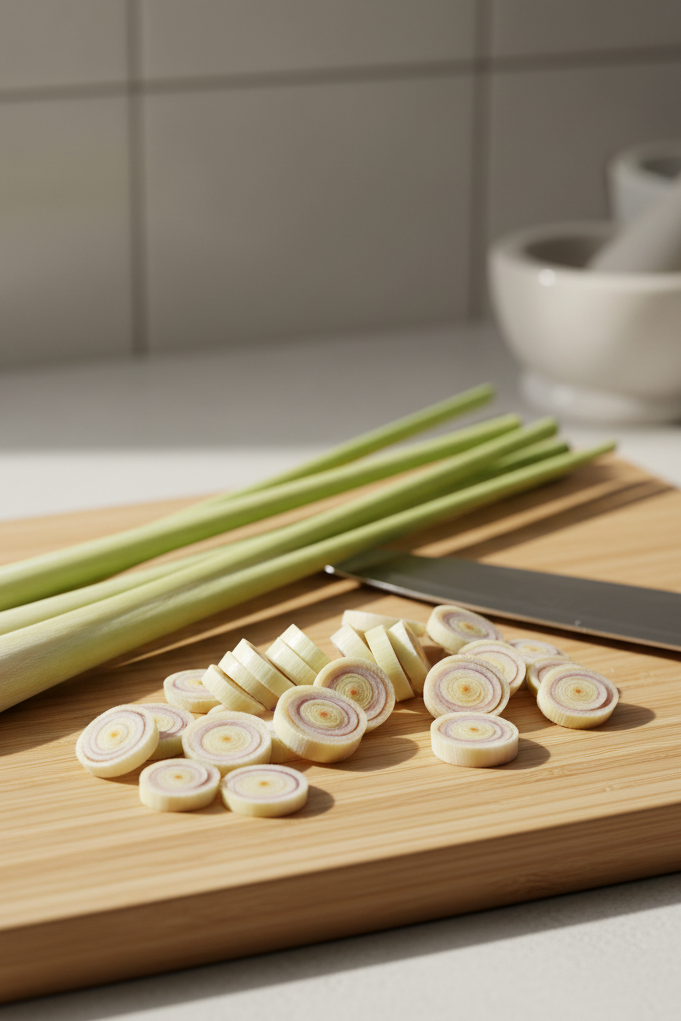
Fresh, citrusy, and vibrant — lemongrass has flavored Thai soups and teas since ancient times. It’s the scent of balance wild, healing, and unforgettable.
Vanilla (Mexico)
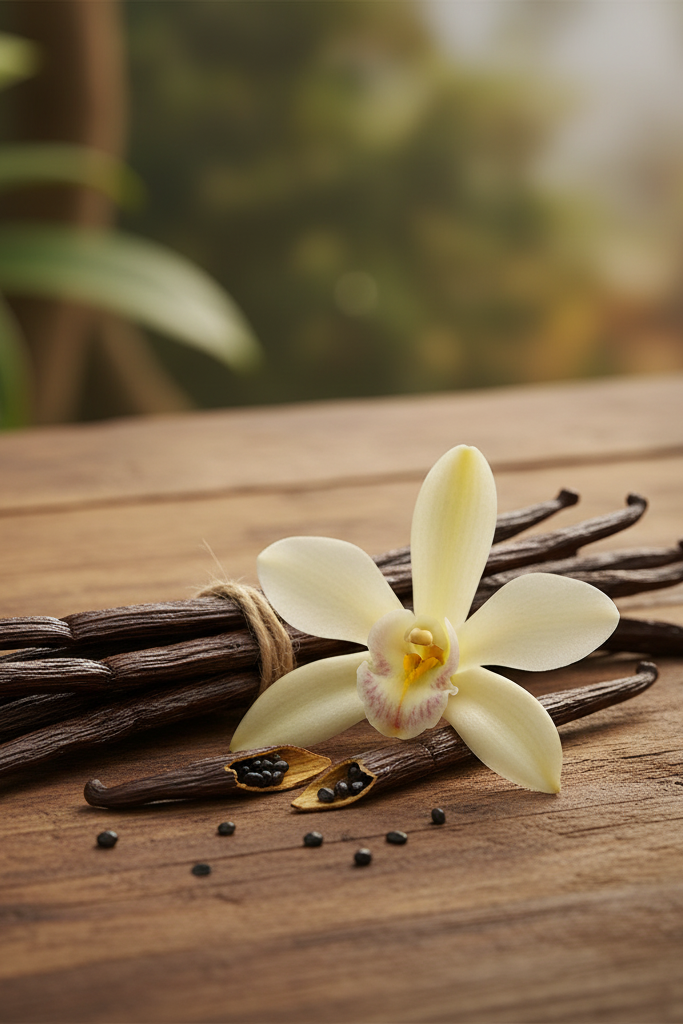
Discovered by the ancient Totonacs, vanilla’s gentle sweetness has traveled from sacred ceremonies to modern desserts. It’s not just flavor it’s history bottled in scent.
Pandan Leaf (Philippines)
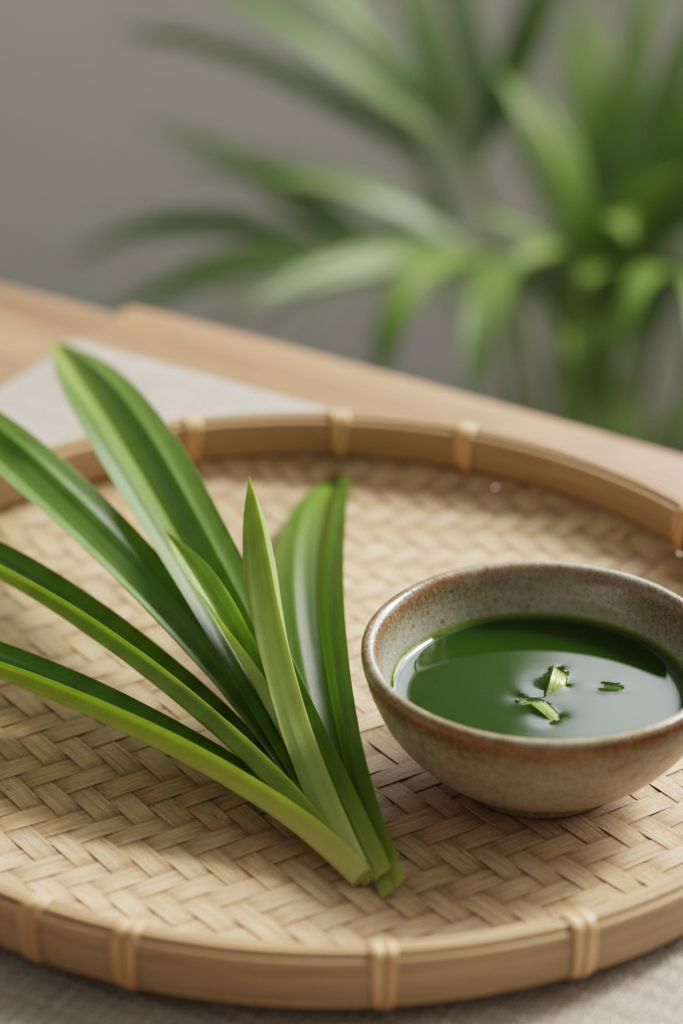
The green soul of Filipino sweets pandan’s nutty, floral flavor has survived from ancient kitchens to today’s desserts. It’s nature’s perfume, wrapped in leaves and nostalgia.
Conclusion
These nine flavors are a glimpse into the world’s rich culinary history. Though almost forgotten, they continue to survive today, carrying centuries of culture, tradition, and stories in every taste. Exploring them is a way to connect with the past while enjoying the unique flavors that have stood the test of time.
